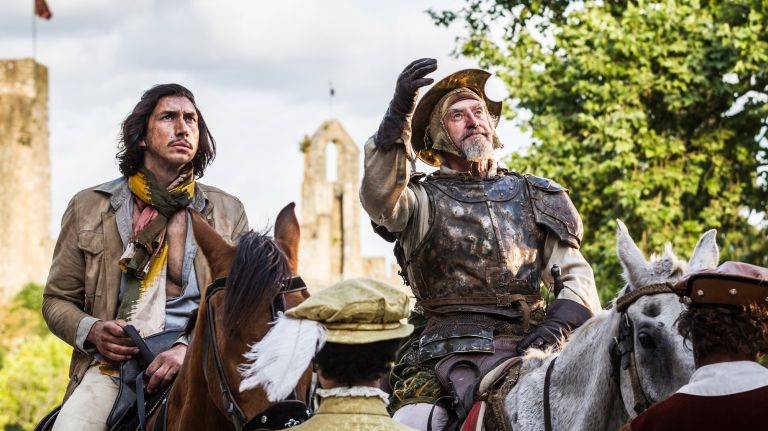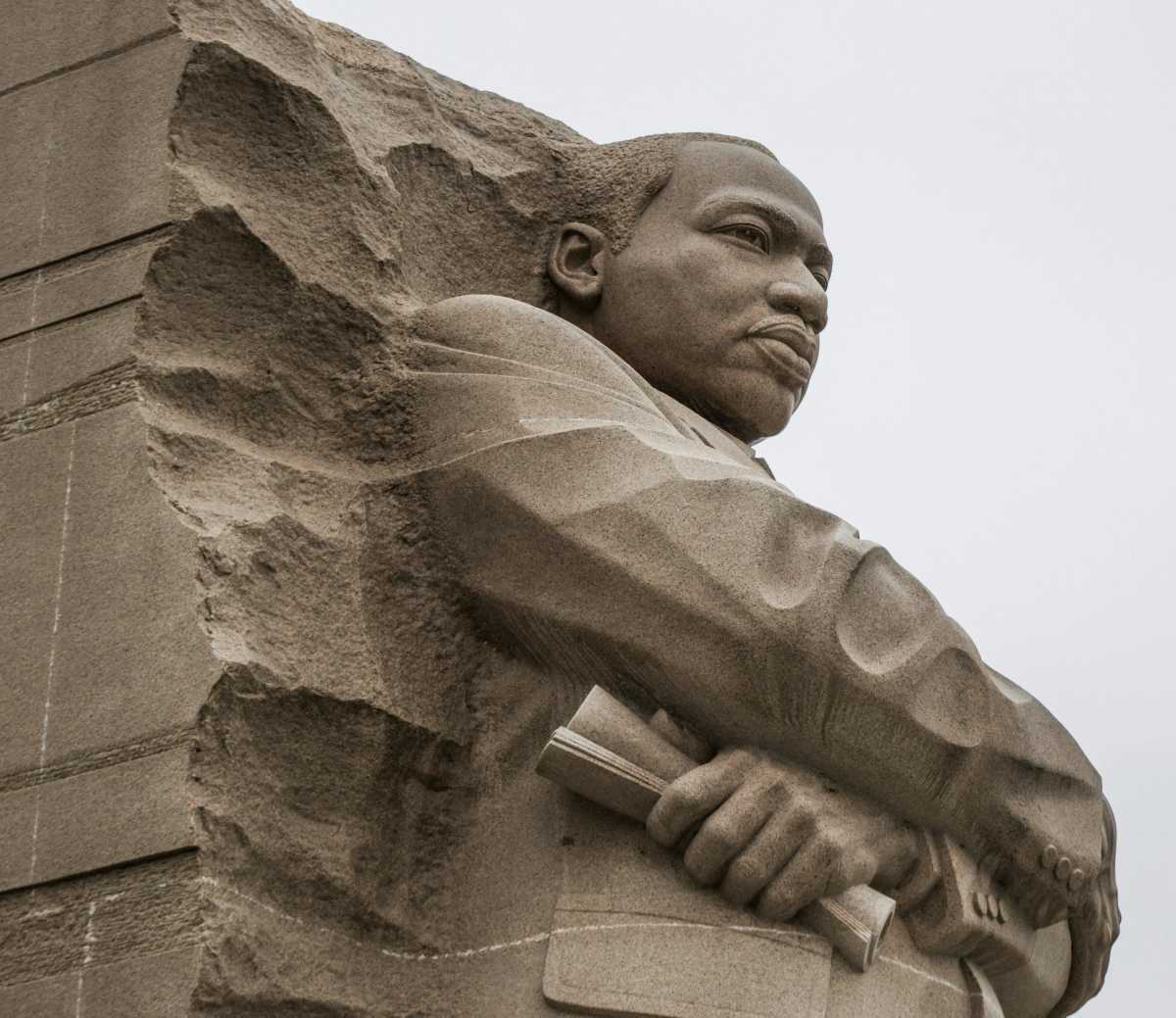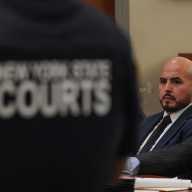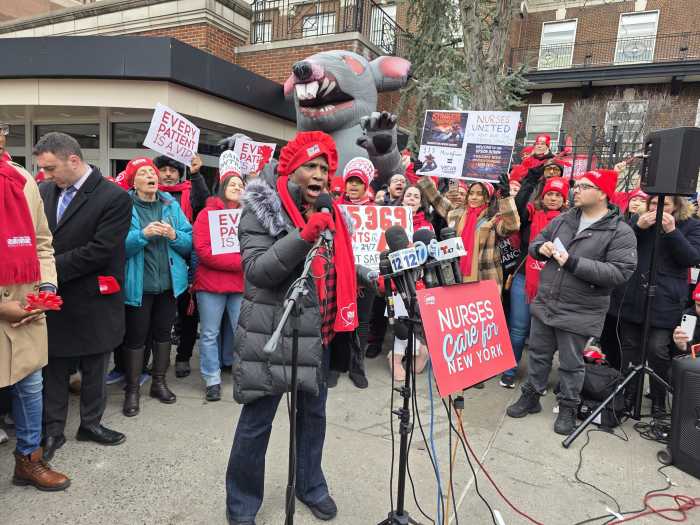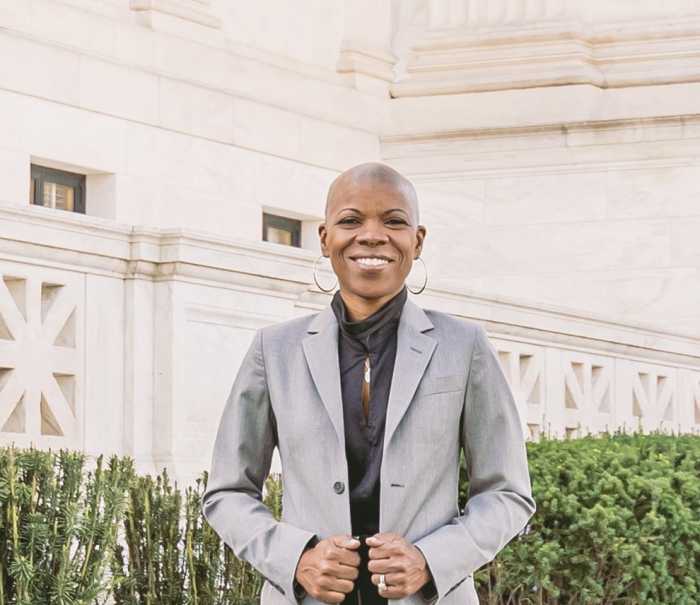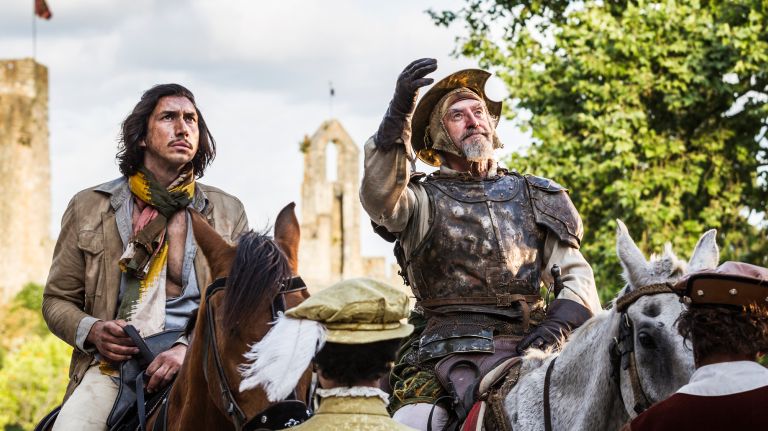
‘The Man Who Killed Don Quixote’
Directed by Terry Gilliam
Starring Adam Driver, Jonathan Pryce, José Luis Ferrer, Ismael Fritschi
Not Rated
After years of endless struggle and stops and starts, Terry Gilliam has slayed his windmill.
American movie audiences have a long-awaited chance to see "The Man Who Killed Don Quixote," in theaters on Wednesday thanks to Fathom Events, which is holding a one-night-only screening of a film that Gilliam famously toiled to make for decades.
For those of us who have followed this project through at least some percentage of its many, many ups and downs, it’s something of an out-of-body experience to actually watch as Gilliam unfolds the many layers of his long gestating narrative.
The final rewrite by Gilliam and co-author Tony Grisoni finds American filmmaker-turned-advertising-sellout Toby (Adam Driver) reuniting with Spanish cobbler Javier (Jonathan Pryce), who once played Don Quixote in Toby’s student film and now is convinced he’s the Man of La Mancha himself.
The tortured history of the production, which most famously collapsed nearly 20 years ago while the cameras were rolling and the "Lost in La Mancha" documentary crew filmed, defines the finished product to such an extent that it’s impossible to extricate one from the other.
That makes it both an unmissable object of fascination and a movie that’s so hopelessly swept up in its self-reflexive hall of mirrors that it becomes an exhausting endurance test. The very existence of "The Man Who Killed Don Quixote" is an astonishing testament to Gilliam’s persistence and a true victory for cinema. The reality of watching it is something else entirely.
This is Gilliam unleashed and full throttle, his vision growing increasingly strange and more opaque as Toby and Javier are swept up in an elaborate fantasy that might not be a fantasy at all. At a certain point, surrealism transforms into incoherence. Time collapses, identities blur and nothing particularly matters except for the fact that the filmmaker has finally made his movie.
But this isn’t a movie about Toby or Javier or anything in its fictional world. It’s about Gilliam, and it’s worth celebrating, because in a world that’s less than friendly to his type, the filmmaker’s impossible dream is finally real.



